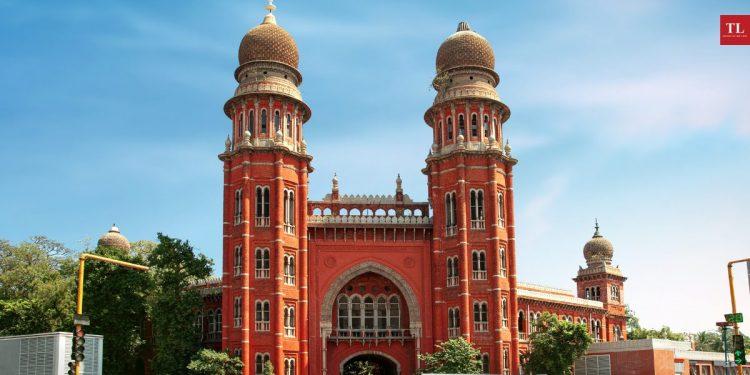Tamil Thai Vazhthu is Prayer Song, not Anthem: Madras HC

Madurai, Dec 10 (PTI) The ‘Tamil Thai Vaazhthu’, an invocation, is only a prayer song and not a National Anthem and hence, there is no need for every one to remain in standing posture when it is rendered, the Madras High Court bench here has ruled.
Justice G.R. Swaminathan gave the ruling recently while quashing an FIR (first information report) registered against “Nam Tamilar Katchi” (NTK) functionaries by the Remeswaram police in Ramanathapuram district in 2018.
The then Tamil Nadu Governor Banwarilal Purohit released a Tamil-Sanskrit dictionary at a function held at Music Academy, Chennai in the presence of the Pontiff of the Kanchi Kamakoti Peetam Sri Vijayendra Saraswathi on January 24, 2018. When the invocation song to Mother Tamil, “Tamil Thai Vaazhthu” was played, the seer remained seated and this triggered considerable outrage and debate.
Kan Ilango, now associated with NTK and then part of “Tamilar Desiya Munnani”, and his men entered the branch of the Kanchi Mutt in Rameswaram, shouting slogans and condemning the Shankaracharya. They allegedly entered the Mutt premises wearing footwear.
When the Mutt manager protested, he was criminally intimidated. Hence, a case was registered against them for offences under various sections of the Indian Penal Code, including rioting and criminal intimidation.
Hence, the present criminal original petition from Ilango, challenging the FIR.
Justice Swaminathan noted that Section 3 of the Prevention of Insults to National Honour Act, 1971 states whoever intentionally prevents the singing of the National Anthem or causes disturbance to any assembly engaged in such singing shall be punished with imprisonment which may extend to three years, or with fine, or with both.
Article 51A(a) of the Constitution mandates it shall be the duty of every citizen of India to respect the National Flag and the National Anthem.
When three school children who were adherents of Jehovah’s Witnesses, a Christian denomination, refused to sing the National Anthem, they were expelled from the school, in Kerala. The matter reached the Supreme Court, which struck down the expulsion and directed their re-admission in the school. The Supreme Court had held that the children, while refusing to sing, had stood up respectfully, the judge said.
It was noted there is no provision of law which obliges anyone to sing the National Anthem. The Supreme Court judges did not think it is disrespectful to the National Anthem if a person who stands up respectfully when the National Anthem is sung, does not join the singing. After a discussion regarding the right to freedom of conscience and freedom to profess, practice and propagate religion, the court concluded that “our tradition teaches tolerance; our philosophy preaches tolerance; our Constitution practices tolerance; let us not dilute it.”
Allowing the petition, the Madras High Court also pointed out that there is no statutory or executive order requiring the attendees to stand up when Tamil Thai Vazhthu is sung. It was not a National Anthem. But highest reverence and respect ought to be shown to Tamil Thai Vaazhthu. It is true that the members of the audience conventionally stand up whenever Tamil Thai Vaazhthu is sung. But the question is whether this is the only mode in which respect can be shown.
“When we celebrate pluralism and diversity, insisting there can be only one way of showing respect, it reeks of hypocrisy. One should not forget that a Sanyasi occupies a special place in the social and cultural life. Emperors and Kings have prostrated before Sanyasis and Fakirs. In the epics whenever a Sanyasi entered the royal court, the King will step down from his throne and pay his respects. On becoming a Sanyasi, the person suffers a civil death. He must be taken to have a re-birth.
A Sanyasi primarily leads a life of piety. When in prayer, he is invariably found in a meditative posture. Since Tamil invocation is a prayer song, a Sanyasi is certainly justified in sitting in a state of meditation. In the instant case, the pontiff is seen sitting in a Dhyana (meditative) posture with his eyes closed. It was his way of expressing his reverence and respect for Mother Tamil,” the judge said, while also setting aside the case pending before the Rameswaram police station.
Originally Published in The Leaflet
Get the latest reports & analysis with people's perspective on Protests, movements & deep analytical videos, discussions of the current affairs in your Telegram app. Subscribe to NewsClick's Telegram channel & get Real-Time updates on stories, as they get published on our website.















